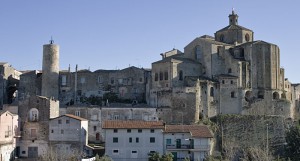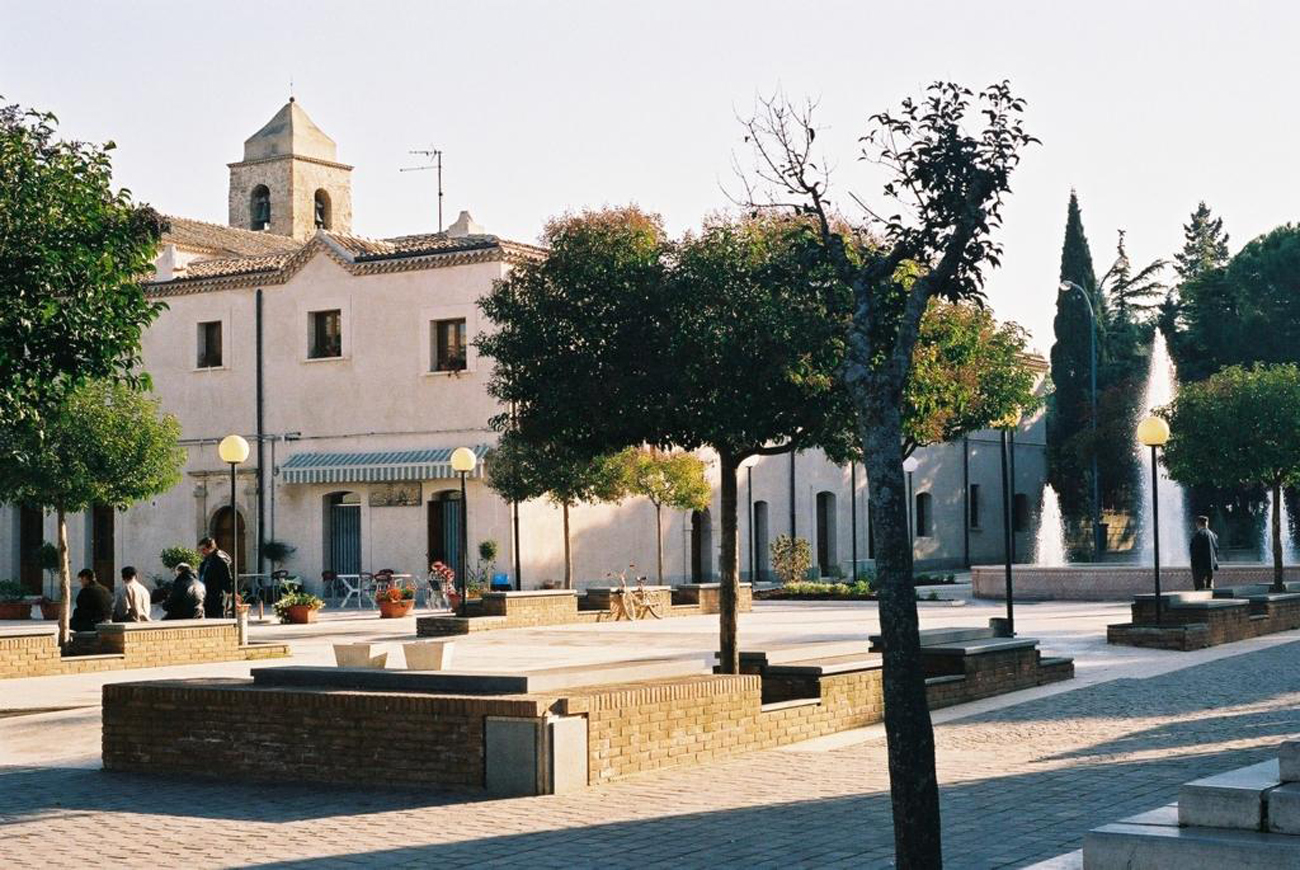Irsina
Irsina
Irsina, a medieval walled town, rises above rolling hills where wheat fields turn from luminous green to deep gold. It’s narrow, winding streets behind ancient walls, hold clues to its varied past with a myriad of architecture styles and art.
Vineyards and age-old olive groves slope down to the Bradano River and provide the olive oil and wine that are part of the region’s famed gastronomy. Irsina is part of a sustainable property venture that is allowing others to experience the rich, relaxed and varied lifestyle of this oasis in Basilicata.
A Little History…
 The town of Irsina was once an important Byzantine town in the region of Basilicata which is known as Italy’s last, true wilderness with its dark forested valleys and grand Lucanian Appennine mountain range.
The town of Irsina was once an important Byzantine town in the region of Basilicata which is known as Italy’s last, true wilderness with its dark forested valleys and grand Lucanian Appennine mountain range.
The town itself is a typical fortified hill town, cut into the rock in places and testimony to the area’s many rulers from the local tribes, the Lucania to the Greeks, Romans, Carthage’s Hannibal, the Saracens (Arabs), Normans and Angevins (modern France), Hohenstaufens (modern Germany), and Bourbons (modern Spain).
In 990 AD it was destroyed by the Saracens and passed through the hands of the various invaders that followed including the Normans and the (German) Frederick 11, head of the Holy Roman Empire, who handed his castle in Irsina to the Franciscans over 800 years ago, and who are still there. In 1123 Pope Callistus II established a Bishopric seat in the town.
Bari is the closest airport, just over an hour away on a modern motorway. With a few kilometres to go the road narrows and winds up to Irsina with its population of 6,000 divided between its old town that sits snugly within its grey stonewalls, and the new town without.
The entrance to the old town is through an impressive gateway leading into the main piazza with its double row of olive trees leading off to the town’s largest Church. This houses what is thought to be the only surviving sculpture of the important Renaissance artist, Andrea Mantegna, of the town’s patron saint, St Eufemia.
 A visitor could get lost strolling through the maze of tiny streets filled with small family homes, a plethora of churches and houses of the more wealthy. The palazzos of the main families of the town still bear their coats of arms over beautiful porticos while the wealth and charm of other days can be glimpsed through archways, on balconies, window frames and doorways.
A visitor could get lost strolling through the maze of tiny streets filled with small family homes, a plethora of churches and houses of the more wealthy. The palazzos of the main families of the town still bear their coats of arms over beautiful porticos while the wealth and charm of other days can be glimpsed through archways, on balconies, window frames and doorways.
The slow pace of families rearing their children, completely adjusted to modern life, has replaced the swagger of past wealth and power. Once a year the families are swelled by the return of emigrants – one of the most important and sad exports of the region for generations – for the feast of Santa Eufemia in September.
In the evening the old men gather in the main piazza as the women folk sit outside their front doors in groups of neighbours often preparing vegetables for that evening’s meal.
Their history and culture is not just to be seen in their often-dilapidated buildings, but lives in their language – Irsenese – a mixture of Arabic from the Saracens, French from the Normans and Spanish from the Bourbons as well as course of the Italian of modern Italy.
 Through the massive gateway is the new town, with all the amenities for convenient living from banks to supermarkets, post office to bars. A wider variety of shops are just 40 kilometres away in Matera.
Through the massive gateway is the new town, with all the amenities for convenient living from banks to supermarkets, post office to bars. A wider variety of shops are just 40 kilometres away in Matera.
The region is slowly and almost imperceptibly awakening to the potential of tourism. The poorest part of Italy, it’s role in history long forgotten, constantly bled of its young people it has been neglected and ignored.
But its wines and cuisine, architecture and art, archaeology and history together with its magnificent nature have been well-kept secrets. It deserves to be appreciated and discerning visitors will quickly recognise the shy but gritty gem that is Basilicata.
Contact Recruitment:
recruitment@smu.ca
Account inquiries, payment information, transcripts and confirmation of enrolment:
service.centre@smu.ca
Mon - Fri, 9 a.m. - 4:30 p.m
902-420-5582
Other inquiries:
info@smu.ca
Mon - Fri, 9 a.m. - 4:30 p.m
902-420-5400